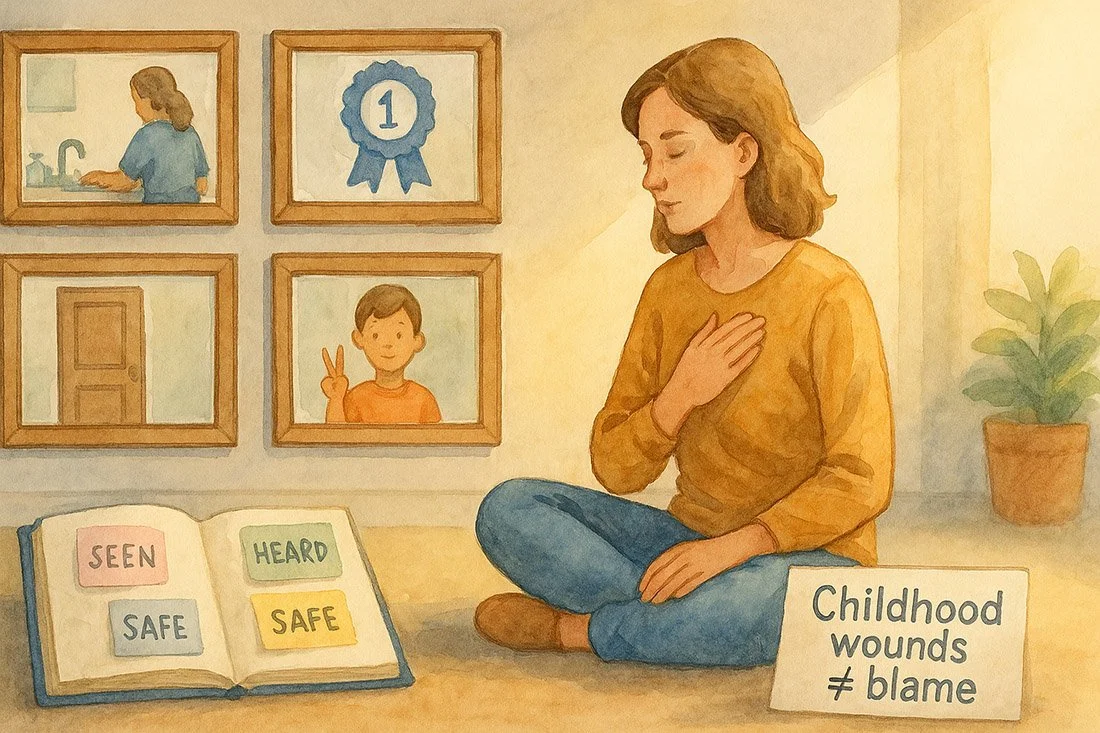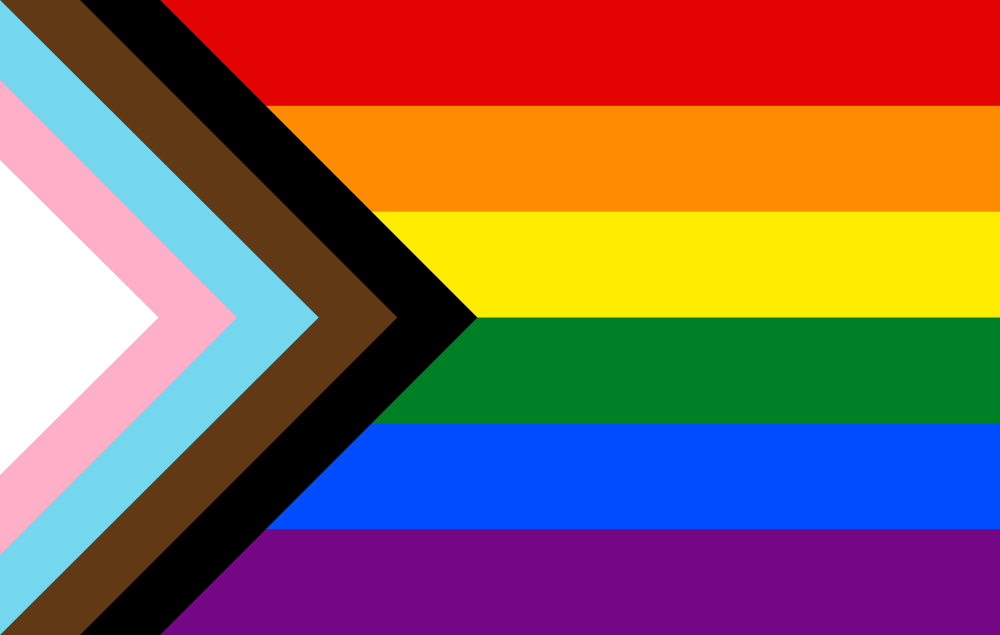Why Understanding Childhood Wounds Matters, Even If You Don’t Think You Experienced “Trauma”
Many people come to therapy believing their childhoods were “pretty normal.” Maybe your parents did their best, you had food on the table, and no major events stand out as traumatic. You might even feel guilty for having struggles, because “Other people had it so much worse.”
I have heard clients make this excuse so many times and what it really does is dismiss your own right to feel hurt or anger or to struggle with your Relationships. It’s a way to shame ourselves through comparison to others “more important” issues.
But healing and therapy aren’t reserved for those with obvious or dramatic trauma stories. Every one of us carries experiences both large and small which shaped how we learned to feel safe, express needs, and relate to others. These are what are called childhood wounds.
What Are “Childhood Wounds”?
Childhood wounds are the emotional imprints left by moments when our needs weren’t fully seen, understood, or met. We ALL have them. They might not look like abuse or neglect. They might look like:
• Having parents who loved you deeply but struggled with their own stress, leaving little space for your big feelings.
• Being praised for being “easy” or “independent,” and learning to suppress your needs.
• Growing up in a family that avoided conflict, teaching you that expressing anger or sadness isn’t safe.
• Feeling responsible for keeping the peace or taking care of others emotionally.
These patterns don’t always register as trauma in the traditional sense—but they still affect how we relate to ourselves and others today.
The Hidden Influence of Early Experience
From the moment we are born, we are forming internal templates for what love, safety, and connection feel like. For example, When our caregivers were inconsistent, overwhelmed, or unavailable—often through no fault of their own—we may have learned to manage feelings on our own or maybe we came to believe that our feelings are too much for others to handle.
These early lessons become part of our unconscious emotional landscape. They influence how we interpret others’ behavior, how we handle closeness, and how we respond when we feel threatened or unseen.
Why This Matters in Adulthood
Our childhood wounds will quietly shape our adult patterns, especially in relationships. You might find it hard to trust others or to let people in, or you might overachieve to earn love or validation. You might avoid conflict to keep relationship
These patterns made sense to your childhood self. They were adaptive responses that helped you navigate your early environment. But in adulthood, they likely limit your ability to feel grounded, connected, and authentic.
“But My Parents Did Their Best…”
This is often true. Understanding your wounds isn’t about blaming caregivers—it’s about recognizing what was missing so that you can give it to yourself now. When we start to notice our childhood wounds, we begin to connect dots between past and present. We can meet old patterns with curiosity instead of shame.
Therapy offers the space to explore these layers and to learn to create new and healthier ways to cope. We create new pathways and gently rewrite old emotional scripts.
A Final Thought
You don’t need a “trauma story” to deserve healing. EVERY person has an inner child with unmet needs or forgotten pain. Understanding those tender places isn’t a sign of weakness. It’s actually an act of profound courage and self-awareness.




